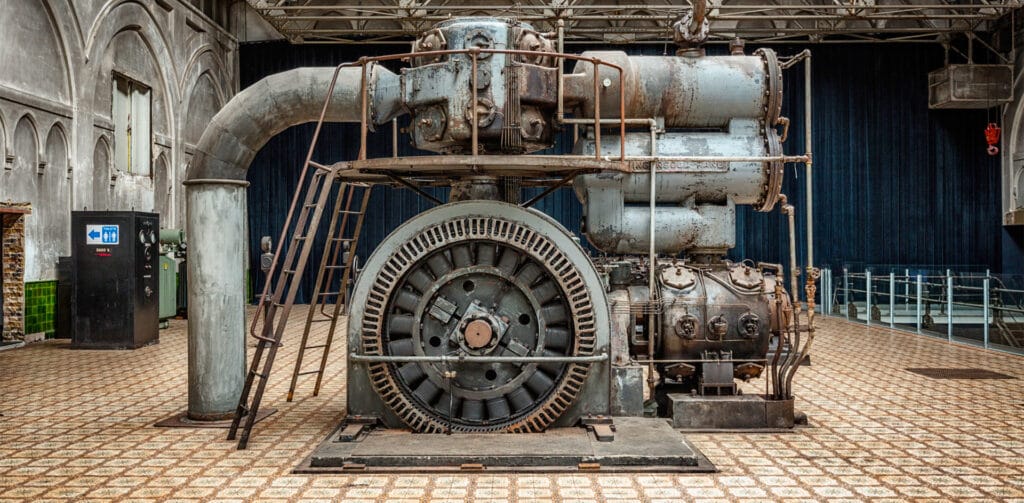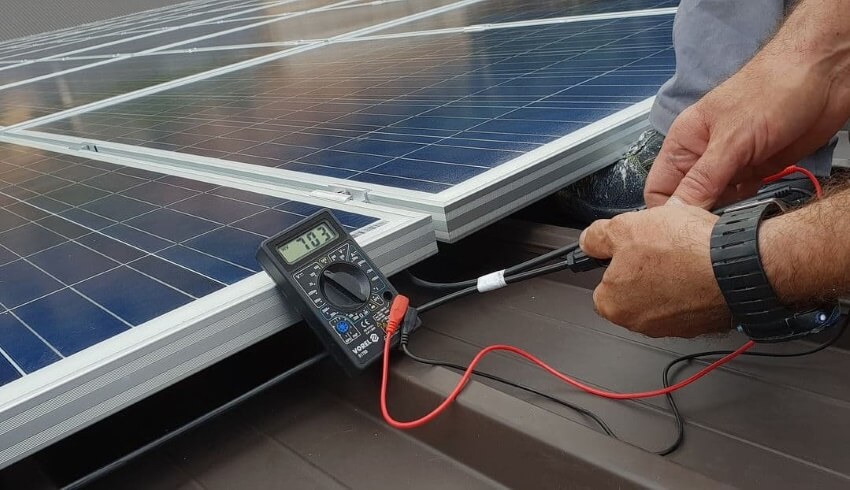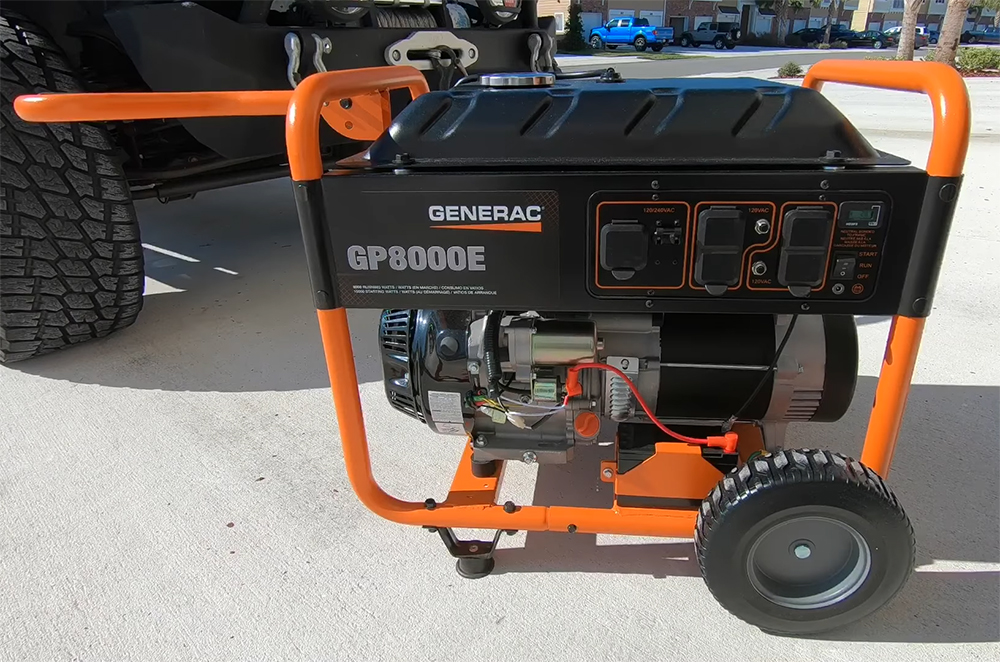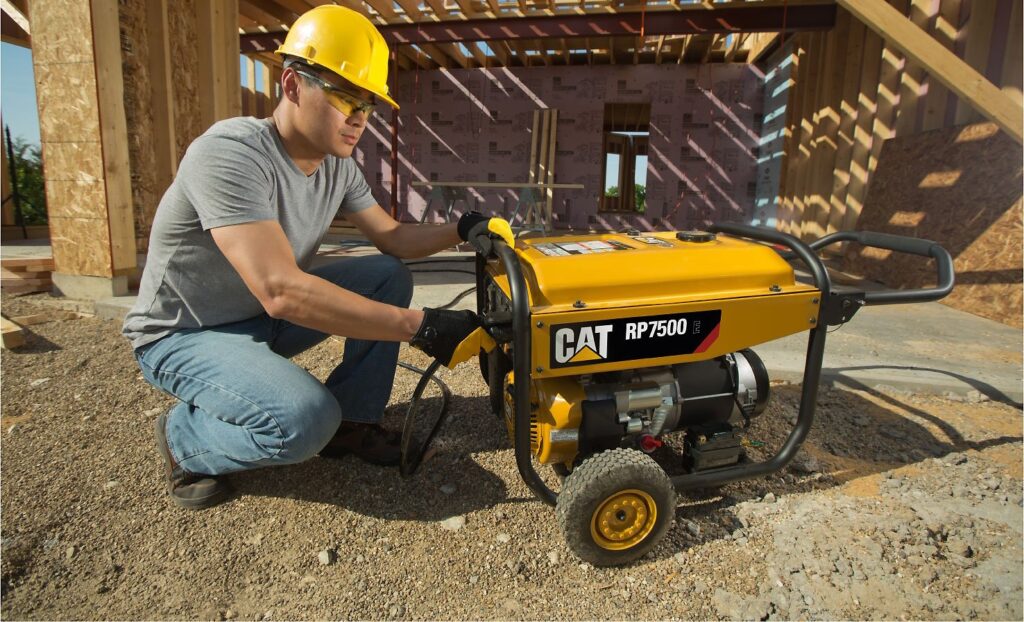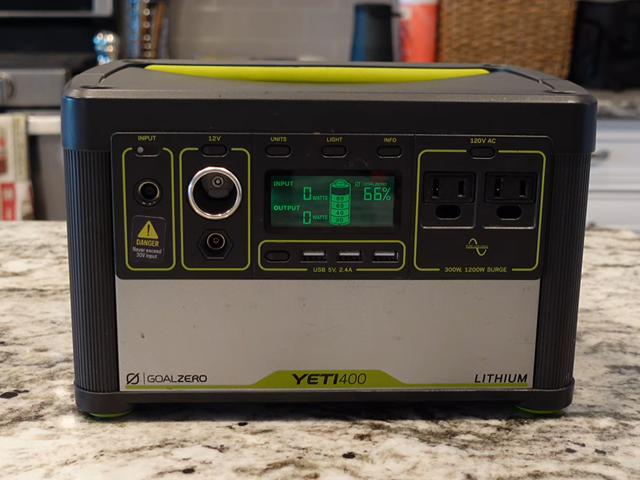
Propane is a highly flammable gas, so it is crucial to empty all traces of propane from a tank once the levels run too low to use. Emptying propane tanks ensures safer transport and storage until they are refilled with propane gas. In this article, we’ll peruse the entire process of how to empty a propane tank. Let’s dive in!
Propane gas is commonly used as fuel for heating systems and power forklift trucks. Some people feel it safer to empty traces of propane when the levels are reduced below productivity. You may empty your propane tank for safe transport or proper tank disposal.
Propane is a type of gas that is highly flammable; thus, if not genuinely empty, propane fumes are prone to explosions, causing severe damage and death. When traveling or transporting propane tanks, you may be required to prove that your propane gas tanks are entirely empty and un-pressurized. Some of the reasons that may require you to empty your propane tank include:
As much as the entire process of emptying the propane tank takes a few minutes to complete, it is imperative to be extra careful when emptying.
Precautionary measures
Emptying a propane tank can be costly; thus, it should be handled with the utmost care and safety. Propane gas has the potential to explode if not handled carefully. Compressed propane gas is usually invisible and heavier than air.
It’s safer to burn or transfer propane gas rather than release it into the atmosphere. Here are instructions to observe and avoid when emptying propane cylinders;
It is always essential to follow the stipulated guidelines when using and storing propane tanks. Some of the safety precaution measures by the Occupational Safety and Health Administration (OSHA) and the Compressed Gas Association (CGA) include;
Most propane cylinders have an accumulative weight of 17 pounds when empty. The tank can hold about 20 pounds of propane. You can use a fuel gauge to determine how much propane gas is in a cylinder.
Ideally, by weighing the propane cylinders, you can tell how much empty liquid and residual vapor fumes there are in a given tank. A full propane tank weighs about 37 pounds. Weigh the propane tank on a scale, then minus the TW number to know how empty your cylinder is.
Whenever you want to empty your propane tank, you can opt to burn the gas off or transfer it to a different cylinder.
Burning propane gas is safer because you can see and know where the gas is. You can either take the propane tank to a propane professional or empty the propane tank yourself. Follow the procedure as indicated below;
On the other hand, propane professionals will organize the cylinders to burn the gas completely off. Using hose attachments, the professionals connect the propane tank with an extension of a sizeable propane-burning appliance. The large patio burners take a lot of gas to power, thus burning off the propane as quickly as possible. The propane professionals may use the empty tanks for inert nitrogen gas.
You can safely empty a propane tank by transferring the gas to another tank. Use the available propane gas to refill propane cylinders for your camping equipment. The simple refilling procedure is as follows;
Step 1: Disconnect the tank
Remove any hose connections and attachments. Then, close the valve. Remember to wear gloves when disconnecting full tanks.
Step 2: Take the propane tank into an open space
Take the cylinder away from humans and trees prior to opening the valve. Propane is toxic to greenery; hence, find an open-air location that allows dissipation as the gas escapes.
Step 3: Tilt the cylinder sideways
Tilting the propane tank to the side where the valve opens allows optimization and manageability of the released gas.
Step 4: Inspect for gas remnants.
Connect the propane tank to your grill and check for any remnants upon releasing the gas entirely. Light up the grill to use any remaining flammable chemicals left.
Step 5: Shut the valve
Propane odor is just as fatal as the gas itself. Thus, you need to close the valve to deter the scent from getting into contact with potential fire agents.
Step 6: Remove the top
Remove the handles from the head of the tank.
Step 7: Re-check for any propane vapor.
Reopen the plug to check for any sound of gas escaping. Cutting open a propane tank with traces of propane can be deadly.
Step 8: Remove the valve
Take out the valve by breaking it loose using a hammer. Twist the hit valve to disintegrate.
Step 9: Leave the tank inverted
Invert the propane tank overnight, and don’t cover the opening.
Step 10: Wash the propane cylinder
Use liquid soap and water to fill up the cylinder to remove all gas traces and odor. Shake the washing agents until they are well combined. Rinse twice to get rid of all the soap. Alternatively, use dry ice to eliminate all traces of propane.
Although it is not recommended to release propane gas into the atmosphere, you can find a secure outdoor space away from flammable substances. You can quickly release the gas from the tank by attaching a release valve to the tank. Steps to follow include;
Propane gas can be fatal if poorly handled when emptying the tanks. Thus, comprehending how to empty a propane tank ensures safety during transport and storage. Never release propane gas into the atmosphere. Rather always burn it off or transfer it into another cylinder. That’s a wrap, and we hope the guide was helpful!
